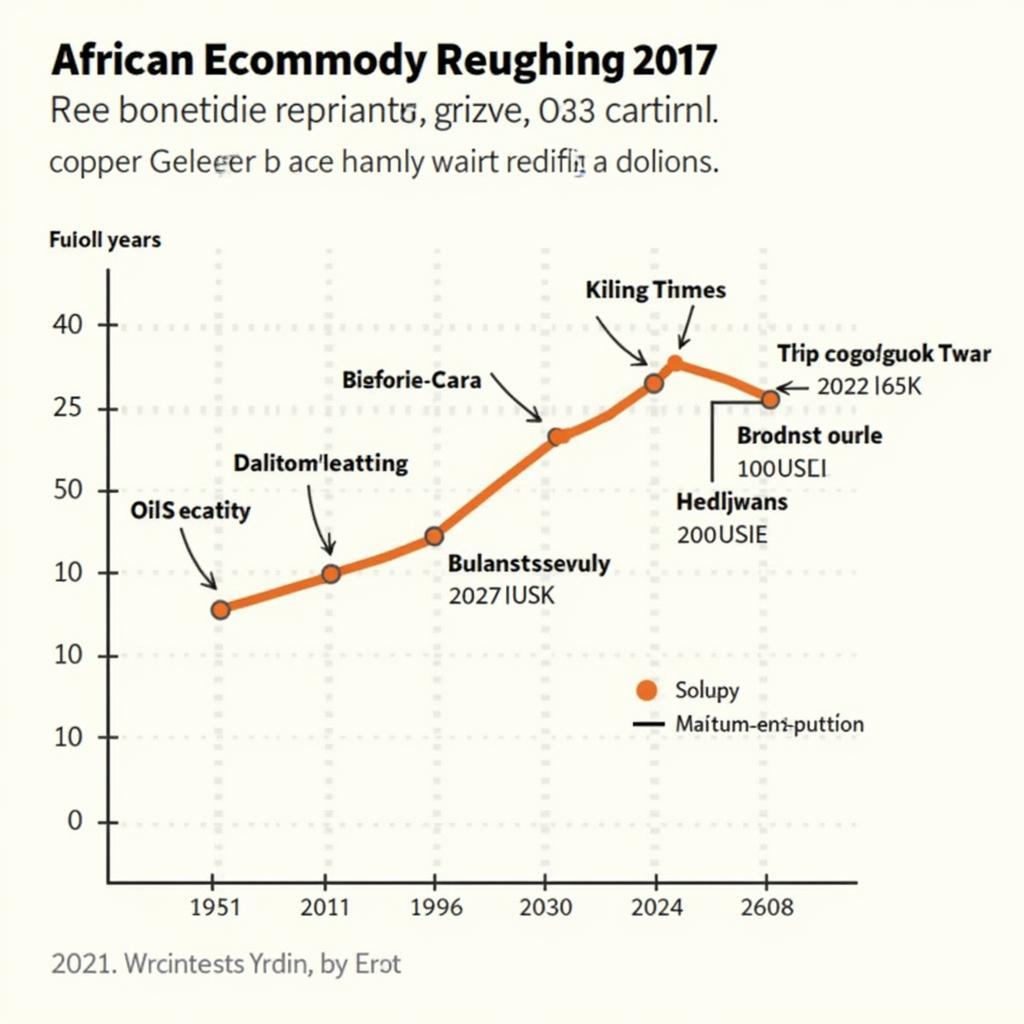Unveiling the Vibrant World of the African Khanga
The African Khanga is more than just a piece of cloth; it’s a vibrant tapestry woven with stories, traditions, and cultural significance. From its East African origins to its global presence today, the khanga continues to evolve, reflecting the changing times while holding onto its rich heritage. Let’s delve into the fascinating world of this iconic fabric.
A History Wrapped in Cloth: Exploring the African Khanga’s Origins
The khanga’s journey began in the mid-19th century along the Swahili coast. Though its exact beginnings are debated, one popular theory points to women in Zanzibar adapting printed handkerchiefs called “leso” from Portugal. These early khangas were simple, often featuring small, repeated patterns. However, they quickly evolved, incorporating bolder designs, vibrant colors, and eventually, the addition of proverbs or sayings. The khanga quickly became a powerful form of communication, expressing emotions, sharing wisdom, and even conveying subtle messages.
This evolution cemented the khanga’s place as an essential element of East African culture, particularly for women. They became a symbol of femininity, identity, and community, worn in everyday life and for special occasions.
More Than Just Fabric: The African Khanga’s Cultural Significance
The khanga’s role extends far beyond its practical use as clothing. It’s a powerful symbol of identity, community, and even political expression. The Swahili proverbs and sayings, known as “jina,” printed on the khanga add another layer of meaning, often reflecting social commentary, life lessons, or personal sentiments. The jina can be a source of inspiration, advice, or even a subtle jab at a rival.
Khangas are frequently gifted for birthdays, weddings, and other celebrations, strengthening social bonds and expressing affection. The specific design and message chosen for a gift hold significant meaning, adding a personal touch to the gesture. For example, a khanga with a proverb about friendship might be given to a close friend as a token of appreciation.
From Tradition to Trend: The Modern African Khanga
While rooted in tradition, the African khanga is not static. Today, khanga designs continue to evolve, incorporating contemporary themes and influences. You can find khangas featuring political slogans, pop culture references, and even designs inspired by international fashion trends. This adaptability ensures the khanga remains relevant and appealing to new generations. The African khanga print continues to inspire fashion designers around the world, appearing in everything from high-end runway collections to African shirts.
The global reach of the internet has also expanded the khanga’s audience, making it accessible to people worldwide who appreciate its vibrant beauty and cultural significance. Whether worn as a traditional garment, used as home decor, or incorporated into modern fashion, the khanga continues to captivate and inspire. It’s easy to see why so many are drawn to African clothing and African floral print.
What is a khanga used for?
Khangas are used for a variety of purposes, from clothing and baby carriers to headwraps and home decor.
How big is an African khanga?
A typical khanga measures approximately 1.5 meters by 1 meter.
The Enduring Legacy of the African Khanga
The African khanga stands as a testament to the power of tradition and the beauty of cultural expression. From its humble beginnings as printed handkerchiefs to its current status as a global icon, the khanga’s story is one of resilience, adaptation, and enduring appeal. The khanga is more than just fabric; it’s a living testament to the rich cultural heritage of East Africa.
In conclusion, the African khanga remains a powerful symbol of identity, community, and artistic expression. Its vibrant colors, intricate patterns, and meaningful proverbs continue to resonate with people across generations and cultures. The African khanga is a unique and beautiful piece of African culture.
FAQ
- What is the typical size of an African khanga? They are generally rectangular, measuring approximately 1.5m x 1m.
- What materials are khangas made from? Cotton is the most common material.
- Where can I buy authentic African khangas? You can find them in local markets in East Africa, or from reputable online retailers.
- What is the significance of the proverbs on khangas? They offer advice, social commentary, or express emotions.
- Can men wear khangas? While traditionally worn by women, men also use khangas for various purposes, such as sarongs or turbans.
- Are there different types of khangas? Yes, variations exist in terms of size, material, and design across different regions.
- How do I care for my khanga? Hand washing is generally recommended to preserve the colors and prevent shrinkage.
Common Scenarios Involving Khangas:
- Gifting: Khangas are popular gifts for birthdays, weddings, or to show appreciation. The proverb chosen adds a personal touch to the gift.
- Everyday Wear: Women often wear khangas as skirts, wraps, or head coverings.
- Special Occasions: Specific khanga designs might be worn for ceremonies or festivals.
- Carrying Babies: Khangas are used as slings to carry babies, offering comfort and closeness.
Related Topics & Further Reading:
- Explore other forms of African textile art, such as kente cloth and bogolanfini mud cloth.
- Learn more about the history and cultural significance of Swahili proverbs.
Need assistance with finding the perfect African khanga? Contact us! Phone: +255768904061, Email: [email protected] or visit us at Mbarali DC Mawindi, Kangaga, Tanzania. We have a 24/7 customer service team.


